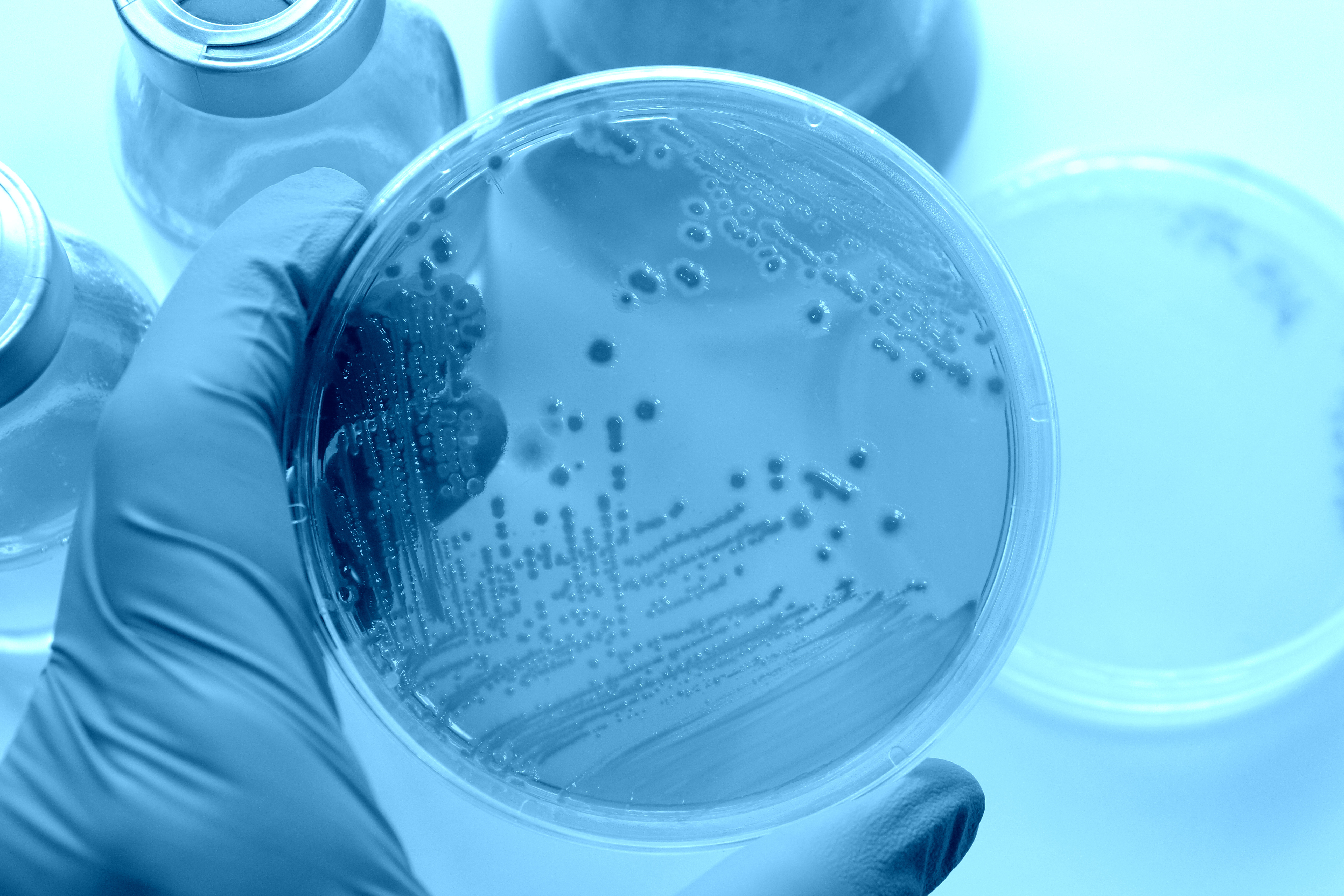Because the protein is truly deadly for bacterial cells. Scientists describe how this ‘erroneously’ constructed protein mimics the action of aminoglycosides, a class of antibiotics. The protein could also serve as a model for a new class of antibiotics.
–
A new strategy for controlling bacterial growth
A chance discovery: Initially, the Brookhaven team, which specializes in energy-related research, was far removed from human health and used the “just” E. coli bacteria to study the genes involved in building cell walls in plants, with the aim of converting plant matter (biomass) more efficiently into biofuels. It was during the activation of the expression of a particular plant gene, which allows bacteria to manufacture the protein in question, that the researchers realized that the protein stopped cell growth altogether: “This protein had an extremely toxic effect on the cells.
All cells died within minutes of activating gene expression.
A welcome discovery: this discovery could constitute a piece of the puzzle of the response to bring to antibiotic resistance. “Being able to control the emergence of these bacteria will become increasingly crucial,” explains lead author Paul Freimuth, a biologist at the Brookhaven Institute: “Many scientists fear large-scale epidemics triggered by these antibiotic-resistant superbugs”
- Understanding the antibiotic mechanism: By identifying this protein, which, on its own, is capable of mimicking the effect of a complex mixture of aberrant proteins produced during treatment with aminoglycoside antibiotics, the team acquires a new way of observing a mechanism that kills bacterial cells. In fact, the study reveals that the protein itself is not the toxic factor, it is a strand of amino acids, constituent of the protein, “aberrant” because produced by error by the ribosomes of the bacterium, which has this effect. The mechanism is reminiscent of that of aminoglycosides, which force ribosomes to make similar “phasing” errors when building proteins.
- One protein is enough: “If a bacterial cell has 50,000 ribosomes, each producing a different aberrant protein, is the toxic effect the result of a specific aberrant protein or a combination of several?” This question, which has been debated for decades, has never been resolved”, note the researchers. This new work thus shows, almost by chance, that a single aberrant protein may be sufficient to exert this toxic effect on bacterial cells.
- How does the protein exert its toxic effect? During the production of the aberrant protein, the initial step of protein quality control is well activated, but the later stages of the process necessary for the degradation of the aberrant proteins are blocked. Moreover, it is the speed of production of the aberrant protein that allows cell death: when the cells contain many copies of the gene coding for the aberrant vegetable protein, the cellular quality control machinery correctly detects the irregularity of the protein but is unable to break it down completely. On the other hand, when the number of copies of the gene that codes for the protein is reduced, then the quality control system of the cell manages to eliminate the toxic protein and the bacterial cells survive. The process is very similar to that seen in cells treated with sublethal doses of aminoglycoside antibiotics. If the dose is insufficient, the cellular quality control response is activated, but not enough and the cells can still continue to grow.
- Develop a new family of inhibitors capable of reproducing this effect of the d protein on the cell, this is the team’s second objective: “The next step will be to determine the structures of our protein, how it communicates with membrane channels and kills bacterial cells, in order to design new drugs with similar effects.”
–


